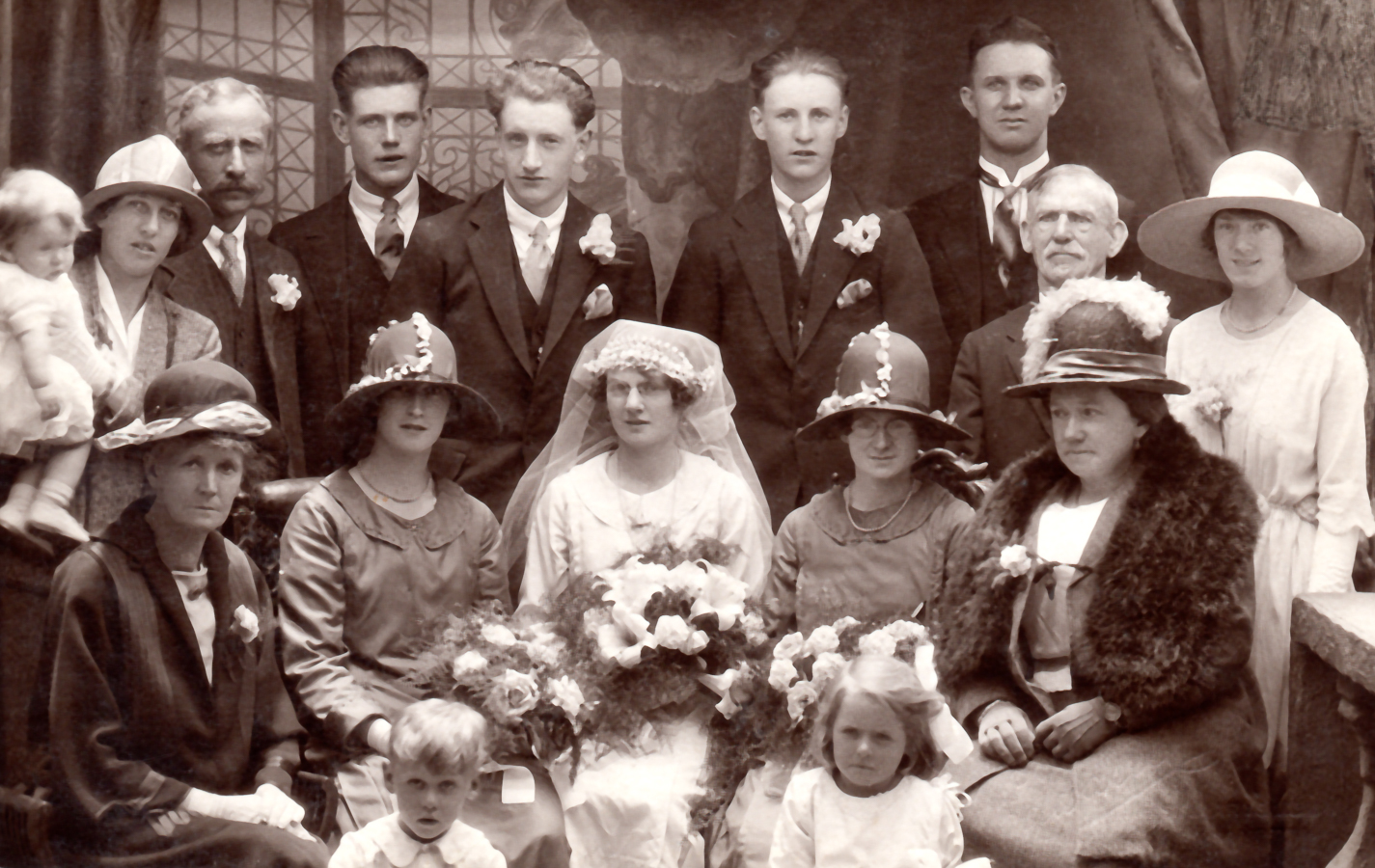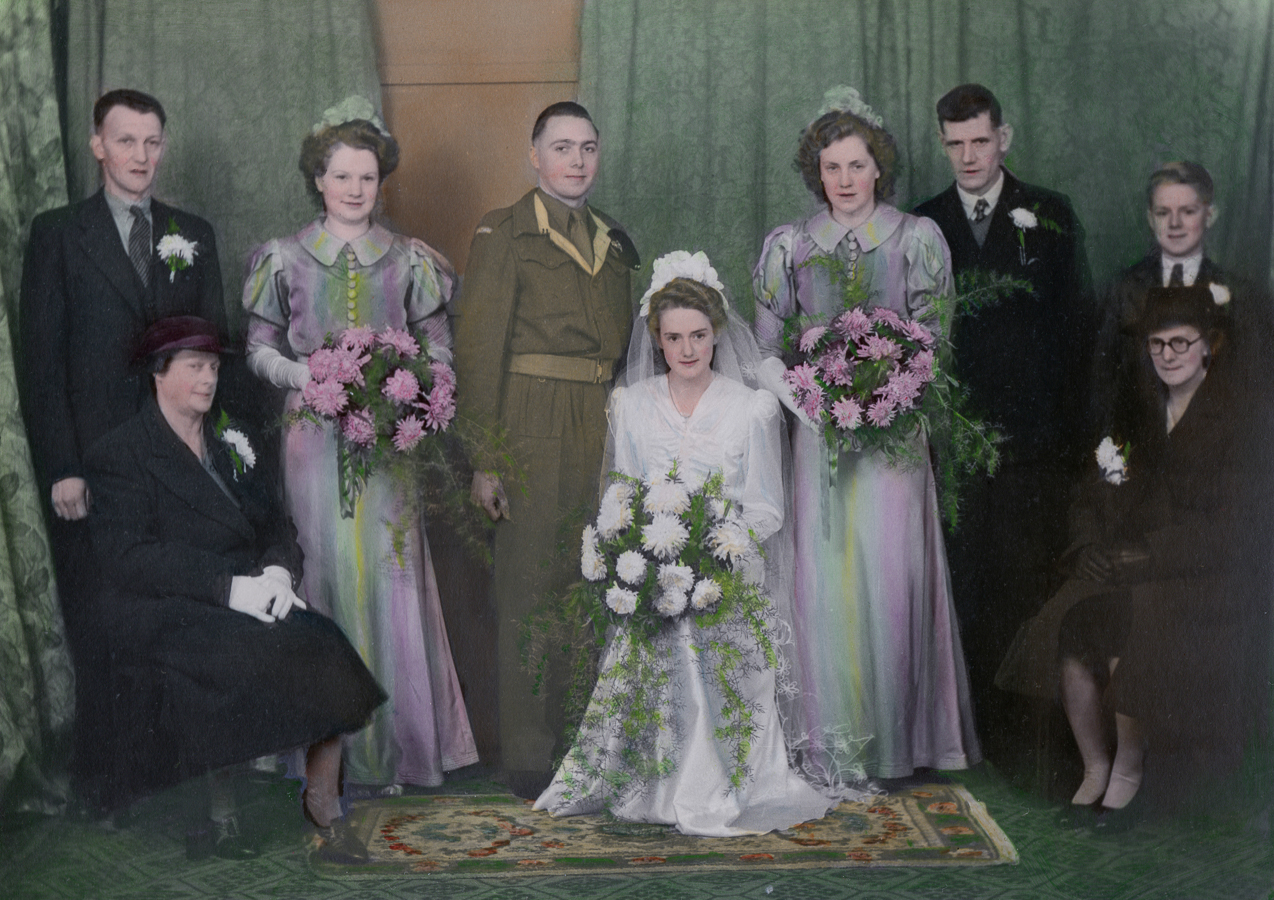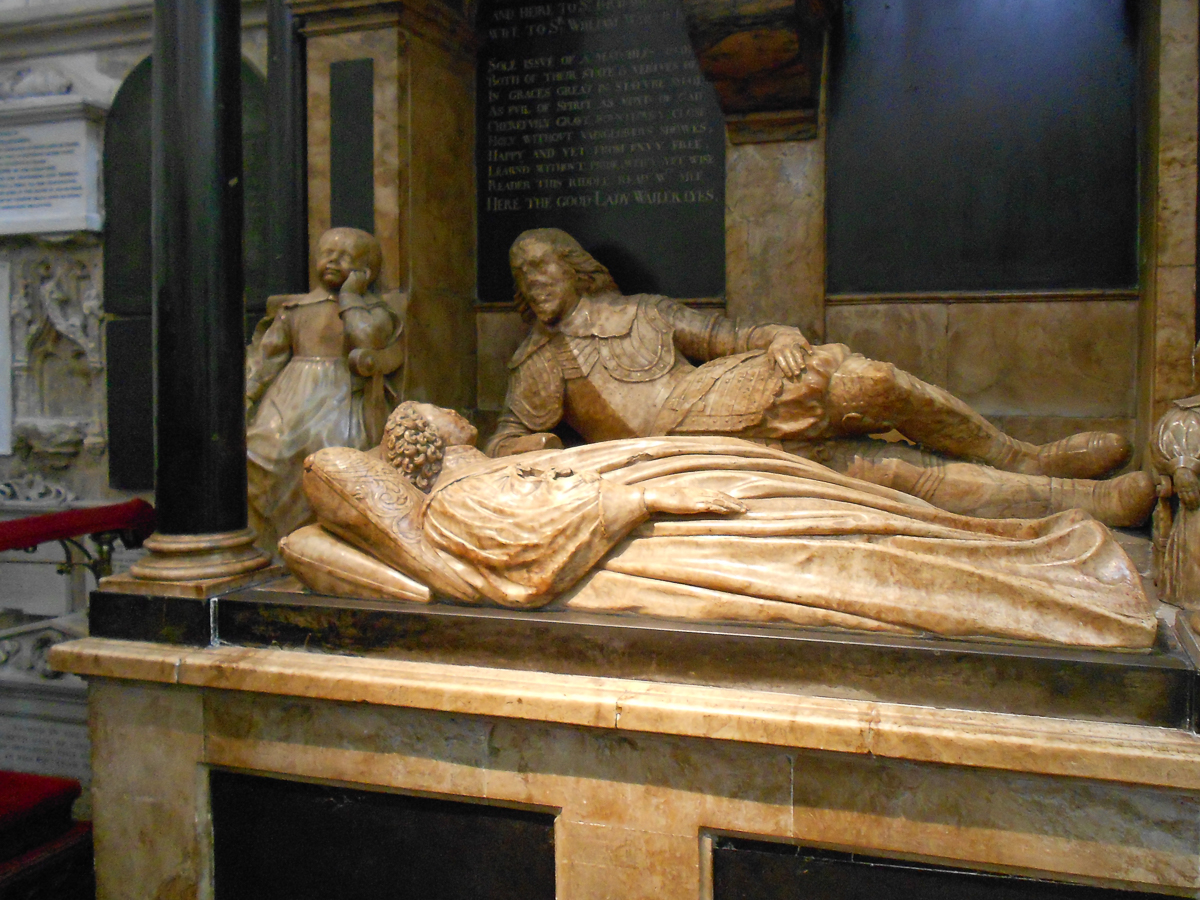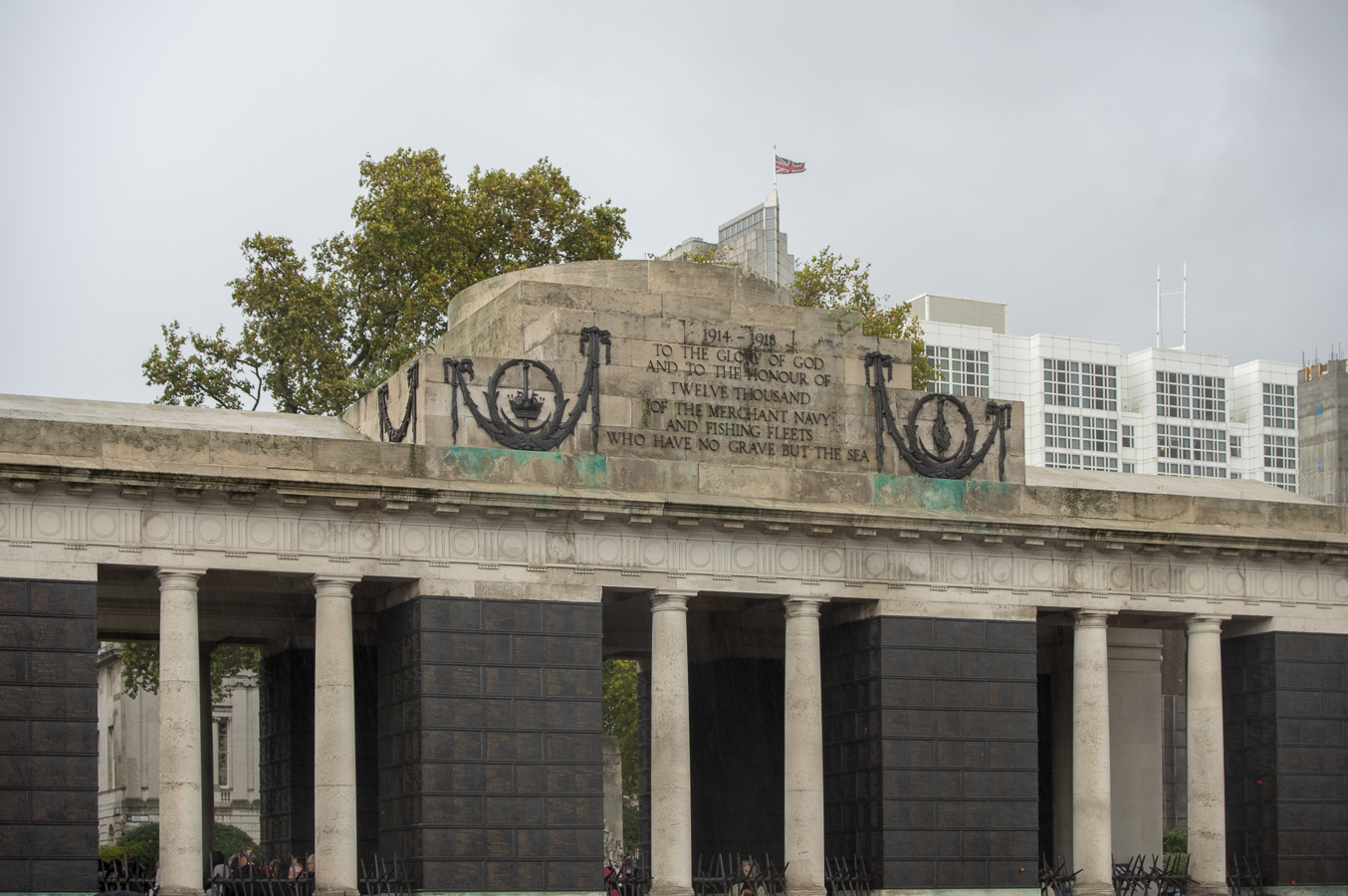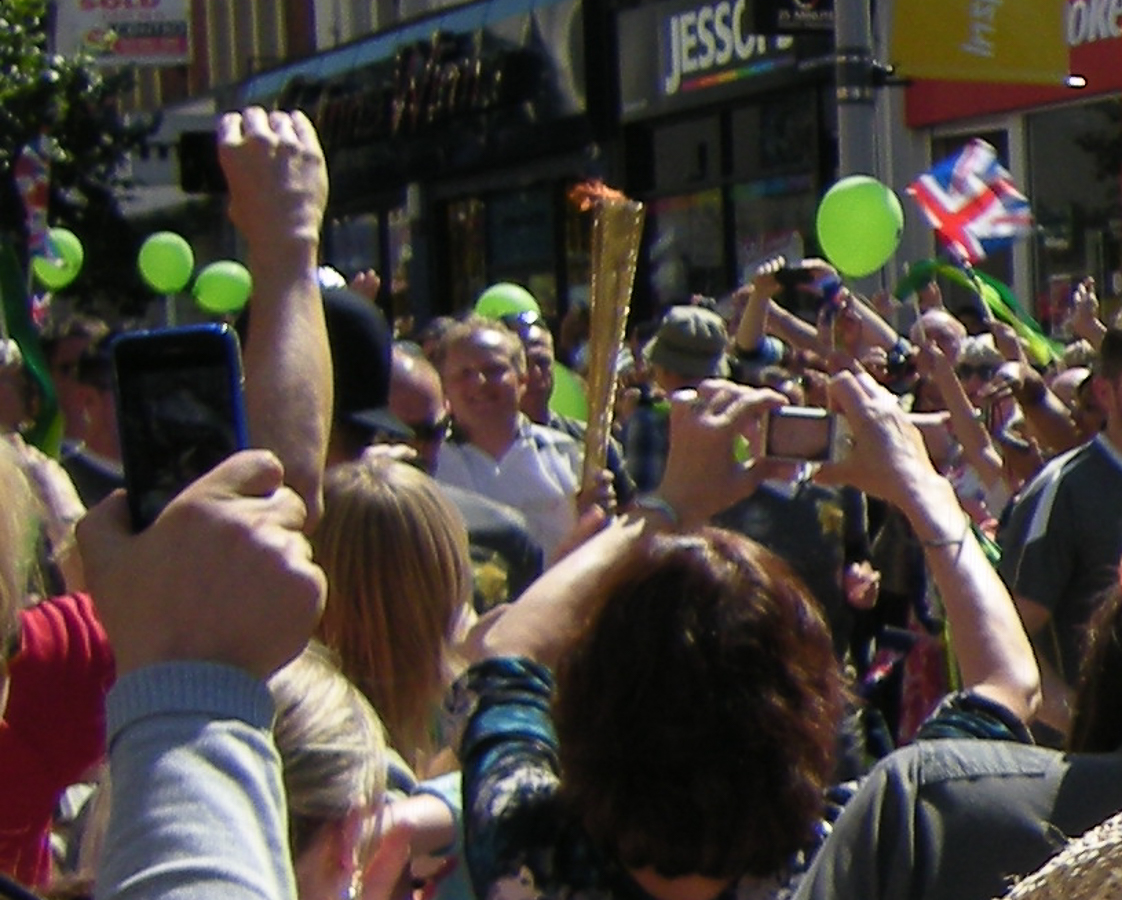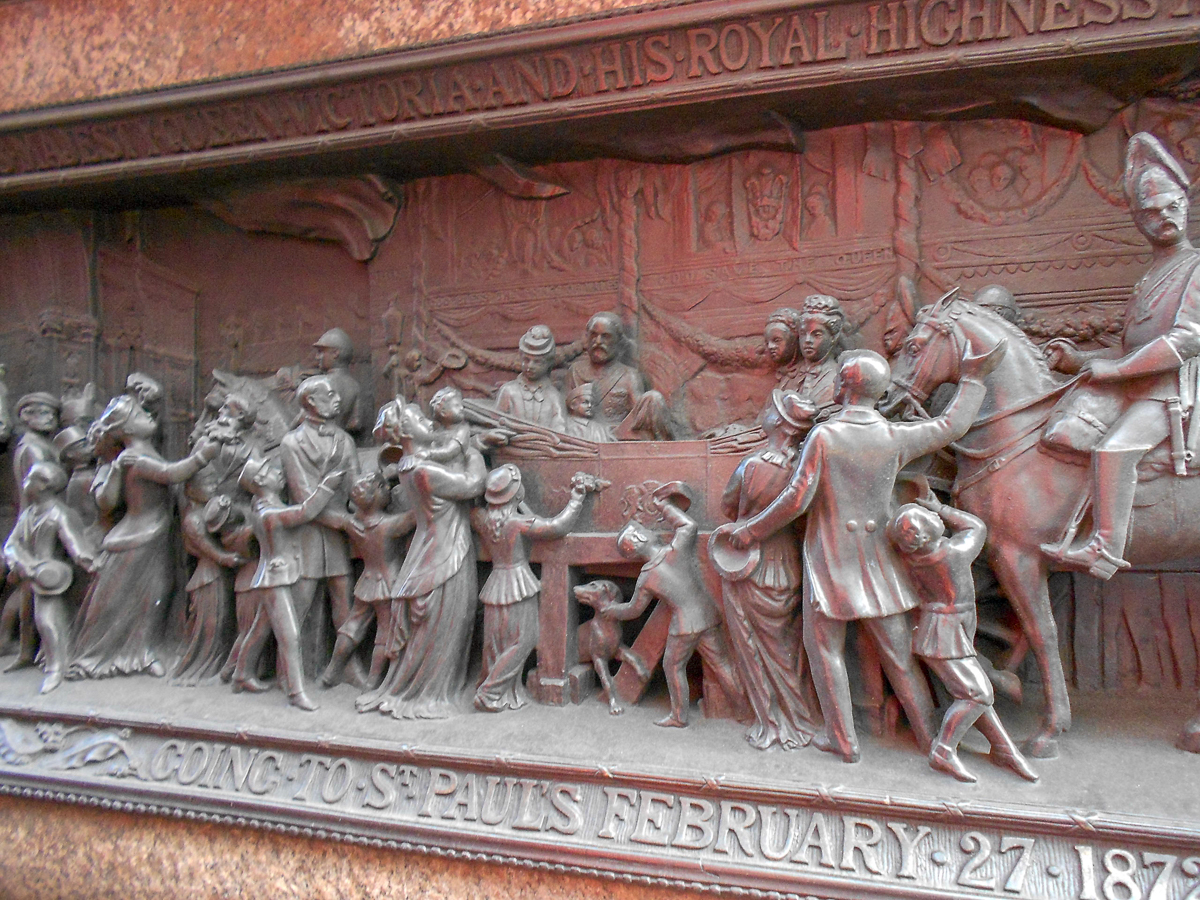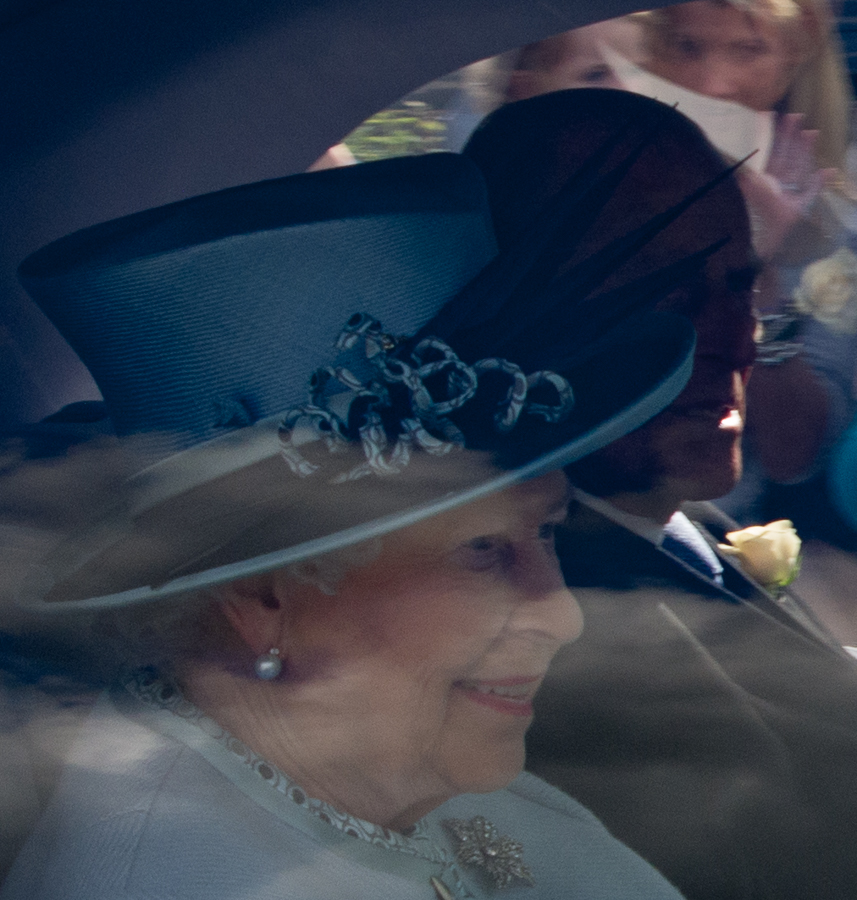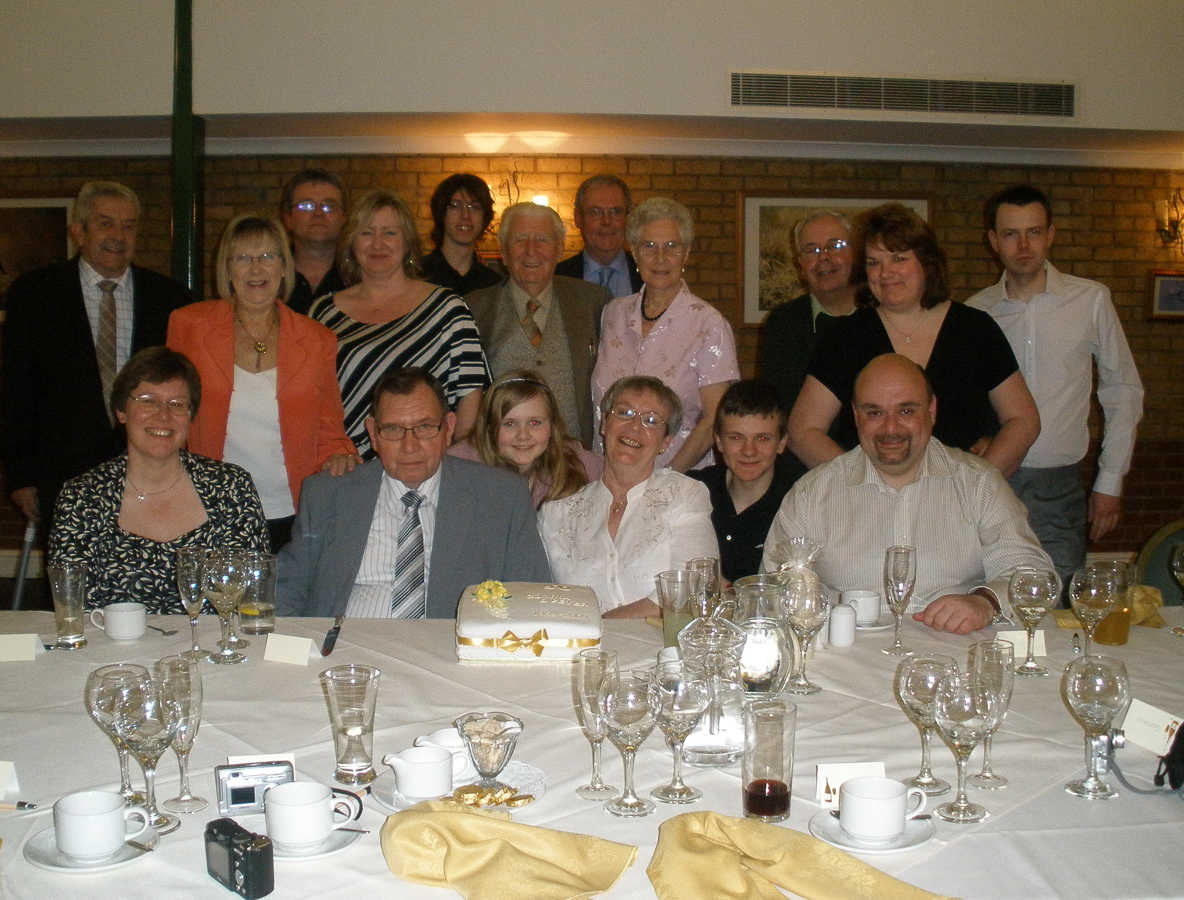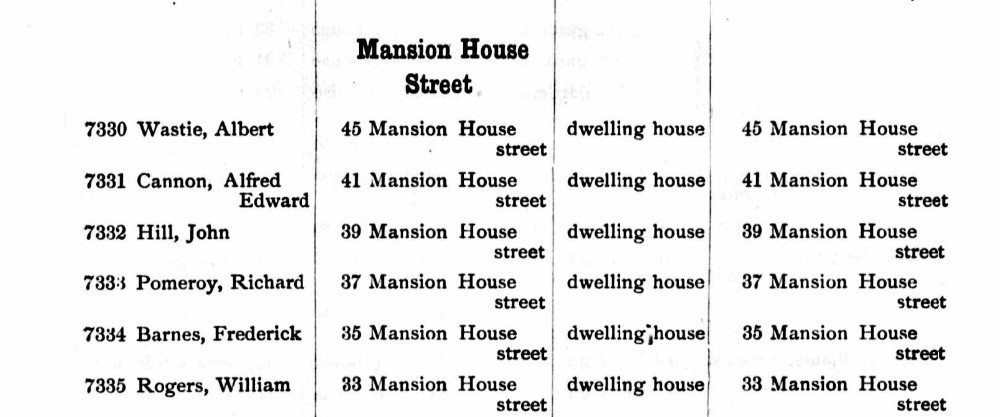Aspley [Guise], Manshead, Bedfordshire
Astwick, Biggleswade, Bedfordshire
Bengeo, Hertford, Hertfordshire
Biddenham, Buckelowe, Bedfordshire
Bletsoe, Buckelowe, Bedfordshire
Bromham, Buckelowe, Bedfordshire
Cardington, Wichestanestou, Bedfordshire
Chainhalle, Buckelowe, Bedfordshire
Chawston, Barford, Bedfordshire
Colmworth, Barford, Bedfordshire
Cople, Wichestanestou, Bedfordshire
Cudessane, Clifton, Bedfordshire
Easton, Leightonstone, Huntingdonshire / Bedfordshire
Eversholt, Manshead, Bedfordshire
Goldington, Barford, Bedfordshire
Goldington [Highfields], Buckelowe, Bedfordshire
[Great] Barford, Barford, Bedfordshire
Haynes, Flitton, Bedfordshire
Higham [Gobion], Flitton, Bedfordshire
Holme, Biggleswade, Bedfordshire
Houghton [Conquest], Redbornstoke, Bedfordshire
Keysoe, Leightonstone, Huntingdonshire / Bedfordshire
Lathbury, Bunsty, Buckinghamshire
Linslade, Cottesloe, Buckinghamshire
[Lower and Upper] Gravenhurst, Flitton, Bedfordshire
Maulden, Redbornstoke, Bedfordshire
Milton [Bryan], Manshead, Bedfordshire
Milton [Ernest], Stodden, Bedfordshire
Northill, Wichestanestou, Bedfordshire
Putnoe, Buckelowe, Bedfordshire
Riseley, Stodden, Bedfordshire
Roxton, Barford, Bedfordshire
Salford, Manshead, Bedfordshire
Salph [End], Barford, Bedfordshire
Sharnbrook, Willey, Bedfordshire
Soulbury, Cottesloe, Buckinghamshire
Southill, Wichestanestou, Bedfordshire
Stagsden, Buckelowe, Bedfordshire
Stanford, Wichestanestou, Bedfordshire
Stotfold, Clifton, Bedfordshire
Streatley, Flitton, Bedfordshire
Thurleigh, Willey, Bedfordshire
Turvey, Willey, Bedfordshire
Willington, Wichestanestou, Bedfordshire
Wyboston, Barford, Bedfordshire |
Bolnhurst, Stodden, Bedfordshire
Bromham, Buckelowe, Bedfordshire
Cardington, Wichestanestou, Bedfordshire
Chainhalle, Buckelowe, Bedfordshire
Cople, Wichestanestou, Bedfordshire
Goldington [Highfields], Buckelowe, Bedfordshire
Haynes, Flitton, Bedfordshire
Houghton [Conquest], Redbornstoke, Bedfordshire
Keysoe, Leightonstone, Huntingdonshire / Bedfordshire
Linslade, Cottesloe, Buckinghamshire
Maulden, Redbornstoke, Bedfordshire
Potton, Weneslawe, Bedfordshire
Putnoe, Buckelowe, Bedfordshire
Radwell, Willey, Bedfordshire
Riseley, Stodden, Bedfordshire
Salford, Manshead, Bedfordshire
Sharnbrook, Willey, Bedfordshire
Soulbury, Cottesloe, Buckinghamshire
Southill, Wichestanestou, Bedfordshire
Stagsden, Buckelowe, Bedfordshire
Stanford, Wichestanestou, Bedfordshire
Stotfold, Clifton, Bedfordshire
Streatley, Flitton, Bedfordshire
Willington, Wichestanestou, Bedfordshire
|
